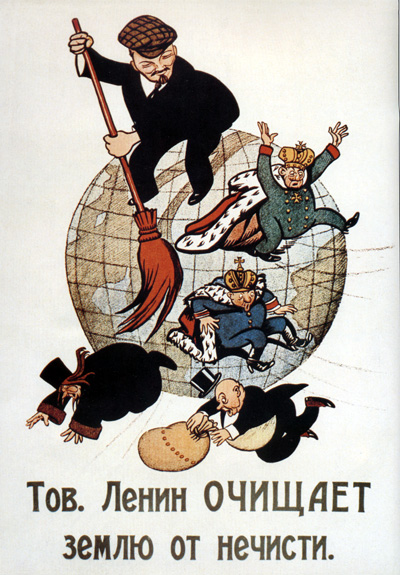The U.S. assigned General Douglas MacArthur to oversee occupied Japan and designated him the Supreme Commander of Allies in the Pacific (SCAP). From his General Headquarters (GHQ) in Tokyo, MacArthur controlled SCAP, a massive bureaucracy of 6,000 people that dictated policy to the Japanese government. He commanded the occupying army of 430,000 soldiers to enforce his orders. MacArthur has gone down in mainstream history as an erratic but nevertheless heroic figure. He was nothing of the sort. MacArthur was a reactionary Republican who believed that the white man’s burden was needed to bring civilization, commerce and Christianity to Asia. He held his Japanese subjects in contempt, and he only spoke to a total of 16 Japanese people during his six-year rule. At the end of his reign, MacArthur summed up his attitude toward the Japanese: "If the Anglo-Saxon was say 45 years of age in his development, in the sciences, the arts, divinity, culture, the Germans were quite as mature. The Japanese, however, in spite of their antiquity measured by time, were in a very tuitionary [sic] condition. Measured by the standards of modern civilization, they would be like a boy of 12 as compared with our development of 45 years."
For the first several years of the occupation, the Japanese were devastated and starving. A memo from General MacArthur’s command stated that Japan "can only be considered a vast concentration camp under the control of the allies and foreclosed from all avenues to commerce and trade."
Not only did the U.S. impose Jim Crow segregation, it also collaborated with the Japanese regime in oppressing the women of Japan. The Japanese regime set up the Recreation and Amusement Association (RAA) which hired 70,000 poor women to work as prostitutes to serve the U.S. troops. The RAA ran government brothels around the U.S. military bases for the first two years of the occupation. In 1947, SCAP ordered the RAA privatized, but the brothels still operated in government approved red light districts surrounding the U.S. bases through 1949.
The Pentagon ordered General Charles A. Willoughby, who oversaw the intelligence section of the SCAP, to develop a plan for eventually rebuilding a Japanese army. Willoughby opposed the New Deal reforms and befriended and protected a set of militarists at the core of the old order. He considered these reactionaries the real allies of the occupation and denounced all the attacks on them as plots by leftist infiltrators inside GHQ.
[General Charles A.] Willoughby actually had fascist sympathies; he had served as the U.S. liaison to Mussolini, praised the dictator for "reestablishing the traditional supremacy of the white race" in Ethiopia and went on to work as an adviser to the fascist dictator Francisco Franco in Spain after he retired from the U.S. military.
Willoughby took pride in his nickname "Little Hitler" and [General Douglas] MacArthur’s reference to him as "my lovable fascist."
Confronted with this democratic uprising, the U.S. abandoned most of the reforms they had granted. The U.S. initiated what John Dower calls a soft Cold War policy from 1947 to 1949.53 They cancelled all the punitive attacks on the Japanese ruling class, whipped up anti-communism, repressed the labor movement and scapegoated the Koreans. Their goal was primarily defensive–to quell internal revolt.
Many historians have wrongly described this new phase of the occupation as a "reverse course." This argument fails to understand the overall strategy of the U.S. and the different tactics it deployed to accomplish its goals. The U.S. strategy before, during and after the war was to establish its imperial domination over Asia and reform a subordinate Japanese capitalism firmly under conservative control. The American rulers that committed genocide in Hiroshima and Nagasaki did not somehow discover democratic values in 1945 and then lose them again in 1947. A changing situation compelled them to adopt different measures to accomplish the same goal, and those measure after 1947 were the rollback of the democratic movement from below and strengthening of the old order to save Japan from Russia’s sphere of influence and from revolt.
